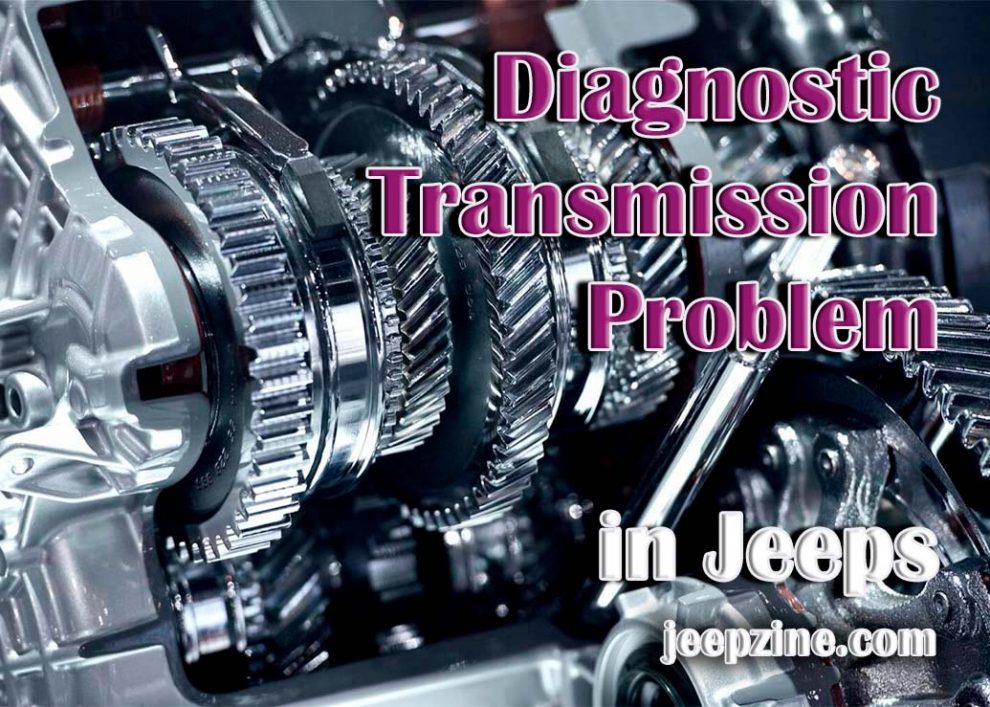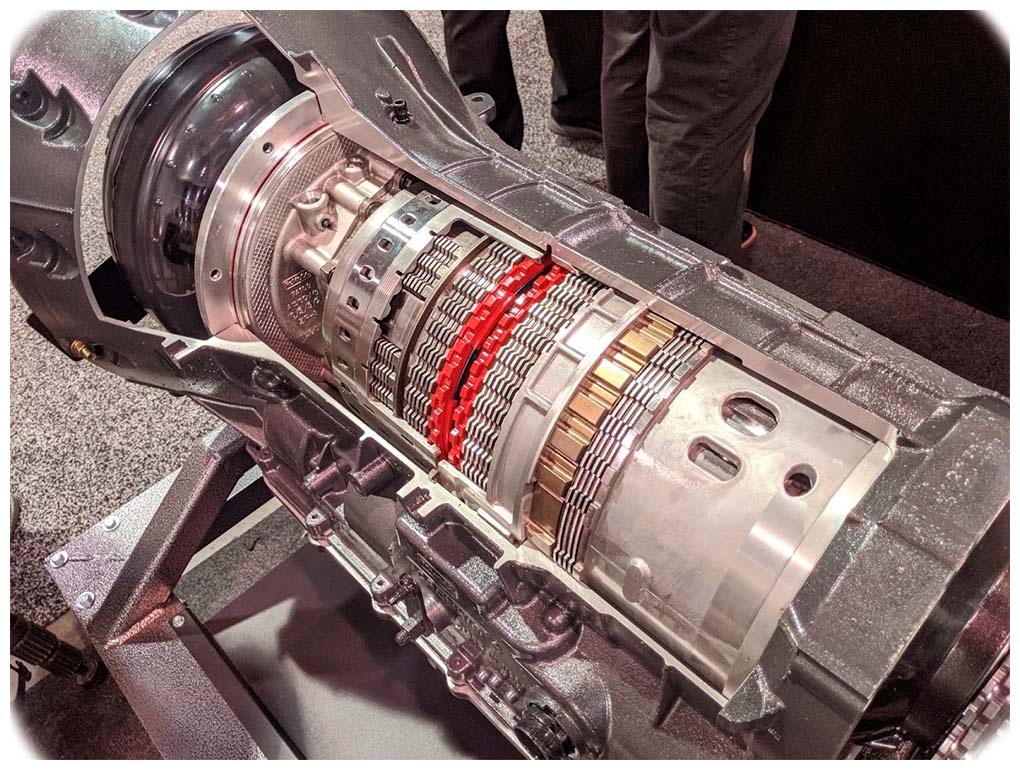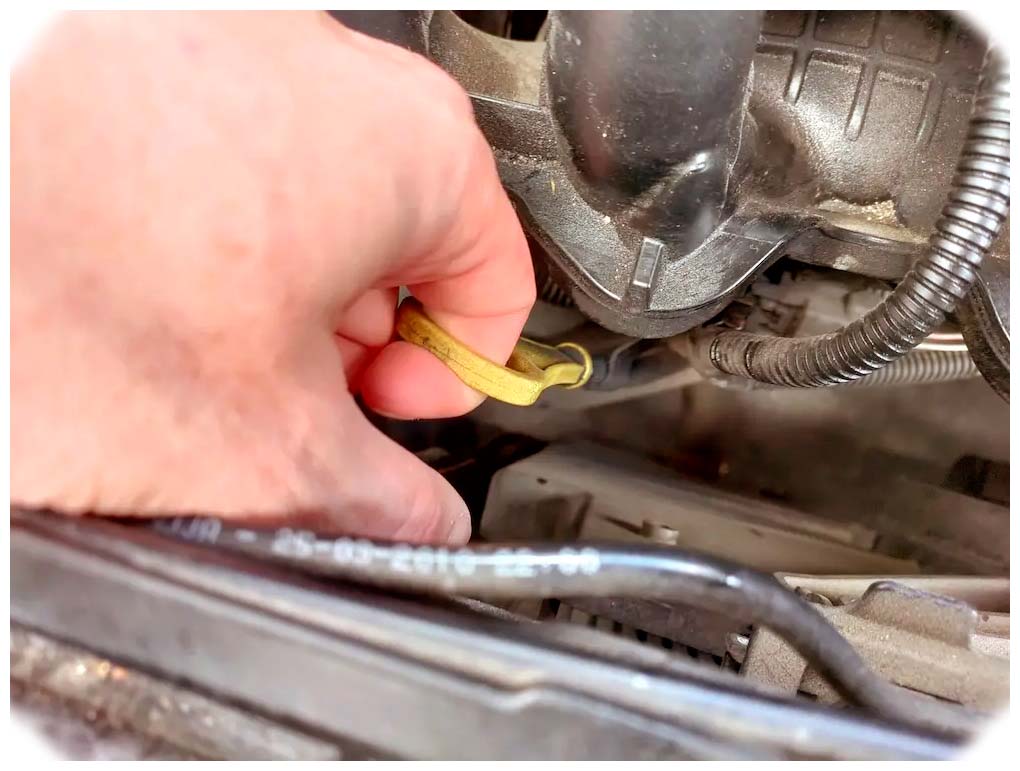Having a properly functioning transmission is critical for the safe operation of your Jeep. A malfunctioning transmission can cause severe damage to your vehicle and even injury to you or other drivers. That’s why it’s important to recognize the signs of common transmission problems in Jeeps so you know when it’s time to take your vehicle in for repairs. This guide will provide an overview of common symptoms, steps for successful diagnostic tests, and solutions to help you diagnose and repair transmission problems in Jeeps.
Symptoms of Common Transmission Problems in Jeeps
Several symptoms may indicate a problem with the transmission system of your Jeep. Knowing what these symptoms are can help you identify potential issues early on before they become more serious or costly repairs are needed:
-
Slipping Gears – If your Jeep suddenly slips from one gear into another without any input from the driver, this is often a sign that there’s an issue with the clutch or shift mechanism within the transmission system.
-
Delayed or Erratic Shifting – If it takes longer than usual for gears to engage when shifting or if shifting from one gear to another feels jerky, this could be a sign that the transmission is failing and needs to be serviced.
-
Rattling Noises from the Engine Compartment – If you notice rattling or grinding noises coming from the engine compartment when shifting gears, this could be a sign of worn-out parts or loose connections within the transmission system.
-
Leaks or Fluid Spots on the Ground Under the Vehicle – Leaks can happen for a variety of reasons, but they’re a definite sign that something is wrong with your transmission system and should be looked at as soon as possible.
-
Grinding or Shaking Sensations During Gear Changes – If you notice any shaking, grinding, or screeching sounds during gear shifts, this could indicate that your clutch is wearing out and needs to be replaced.
Steps for Successful Diagnostic Tests
Before attempting any repairs on your Jeep’s transmission system, it’s important to conduct a thorough diagnostic test to determine the exact cause of the problem. Here are some steps you should take for successful diagnostic tests:
-
Check Your Vehicle’s History Reports – Your vehicle likely has a detailed history report that can tell you if there have been any previous problems with the transmission system or any repairs that have been made in the past. This is a good starting point for diagnosing transmission problems in Jeeps.
-
Test Driving and Observing the Vehicle’s Performance – Taking your Jeep for a test drive can help you better identify any issues with shifting gears, slipping clutches, and other signs of transmission problems.
-
Pay Close Attention to Warning Lights and Issues with Shifting Gears – Many Jeeps are equipped with warning lights that indicate when there are potential issues with the transmission system. Also, be sure to pay attention to any issues you may experience while driving such as jerking shifts or grinding noises when engaging gears.
Common Issues & Solutions for Transmission Problems in Jeeps
Once you’ve identified what type of problem your Jeep might be having, it’s important to take some steps to solve it:
-
Low Fluid Levels – If you’ve identified low levels of fluid in your vehicle’s transmission system, make sure to top off all fluids as needed and check the fluid levels regularly moving forward.
-
Worn-Out Parts – If there are worn-out parts present within your vehicle’s transmission system, these should be replaced as soon as possible to prevent further damage or system failure.
-
Faulty Filtration System – If your Jeep has a faulty filtration system, it can cause build-up in the transmission leading to major problems down the line. Make sure to replace the filter with one that is designed specifically for your make and model of vehicle.
-
Electrical Concerns/Corroded Connections – Electrical issues can cause all sorts of problems with your vehicle’s transmission system, so make sure all connections are secure and any corrosion is taken care of right away.
-
Clutch Wear – Over time clutches can wear out and become less effective at engaging gears properly, resulting in slipping gears or jerky shifts while driving your Jeep. Have a qualified technician take a look at the clutch if you suspect this is an issue in your Jeep’s transmission system.
-
Poor Gear Shifting – If you notice that shifting gears requires more effort than usual or that changing gears isn’t smooth, this could be due to an issue with the shift mechanism within the transmission system of your Jeep and should be checked out immediately by a qualified technician or mechanic.
-
Torque Converter Issues – If you’re experiencing shaking while driving your Jeep, this could be a sign of an issue with the torque converter. Has it been inspected immediately to avoid further damage or system failure?
-
Sensor Malfunction – Many Jeeps are equipped with transmission sensors that should be checked regularly for proper functioning and replaced as needed if they are malfunctioning.
Conclusion
Diagnosing transmission problems in Jeeps can be a daunting task, but with the right steps and information, it can be done quickly and easily. By paying attention to warning signs such as slipping gears, delayed shifts, rattling noises from the engine compartment, leaks or fluid spots on the ground under the vehicle, grinding or shaking sensations during gear changes, and any other signs of transmission problems in Jeeps you should be able to diagnose and repair your Jeep’s transmission system with ease. Rebuilt Transmission Cost is a critical factor to consider when diagnosing transmission problems in Jeeps. After identifying the issues, it’s important to weigh the cost of a rebuild against the cost of a full replacement. Keep in mind that investing in a quality rebuild can save you money over time, as a well-done rebuild can significantly extend the lifespan of your vehicle.


 Slipping Gears – If your Jeep suddenly slips from one gear into another without any input from the driver, this is often a sign that there’s an issue with the clutch or shift mechanism within the transmission system.
Slipping Gears – If your Jeep suddenly slips from one gear into another without any input from the driver, this is often a sign that there’s an issue with the clutch or shift mechanism within the transmission system. Low Fluid Levels – If you’ve identified low levels of fluid in your vehicle’s transmission system, make sure to top off all fluids as needed and check the fluid levels regularly moving forward.
Low Fluid Levels – If you’ve identified low levels of fluid in your vehicle’s transmission system, make sure to top off all fluids as needed and check the fluid levels regularly moving forward.
Add Comment